-

 Vendor:AMMO by Mig Jimenez
Vendor:AMMO by Mig JimenezAMMO by MIG Publications - IN COMBAT – PAINTING MECHAS (ENGLISH)
Regular price $21.58 USDRegular price -

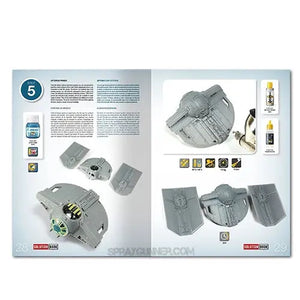 Vendor:AMMO by Mig Jimenez
Vendor:AMMO by Mig JimenezAMMO by MIG Publications - SOLUTION BOOK 05 - How to Paint Imperial Galactic Fighters (English, Castellano, Français, Deutch)
Regular price $14.00 USDRegular price -

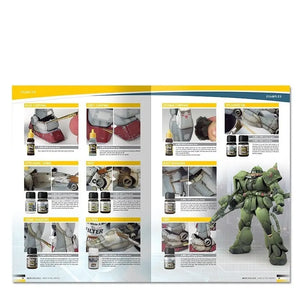 Vendor:AMMO by Mig Jimenez
Vendor:AMMO by Mig JimenezAMMO by MIG Publications - AMMO SCIFI CATALOGUE
Regular price $2.40 USDRegular price -

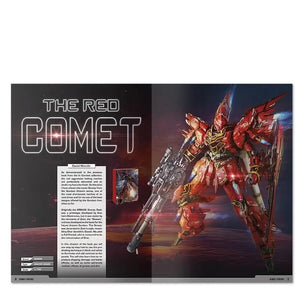 Vendor:AMMO by Mig Jimenez
Vendor:AMMO by Mig JimenezAMMO by MIG Publications - IN COMBAT 3 - FUTURE WARS (English)
Regular price $25.00 USDRegular price -
Save $3.20 USD

 Vendor:AMMO by Mig Jimenez
Vendor:AMMO by Mig JimenezAMMO by MIG Publications - GRAVITY 1.0 - SCI FI MODELLING PERFECT GUIDE
Regular price $32.80 USDRegular price$36.00 USD-$3.20 USD Sale price $32.80 USD -

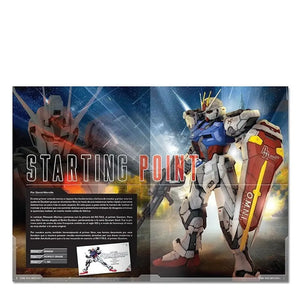 Vendor:AMMO by Mig Jimenez
Vendor:AMMO by Mig JimenezAMMO by MIG Publications - IN COMBAT 2: MECHA BATTLEGROUNDS (ENGLISH)
Regular price $25.00 USDRegular price -

 Vendor:AMMO by Mig Jimenez
Vendor:AMMO by Mig JimenezAMMO by MIG Publications - How to KOTOBUKIYA Models (English)
Regular price $34.17 USDRegular price -

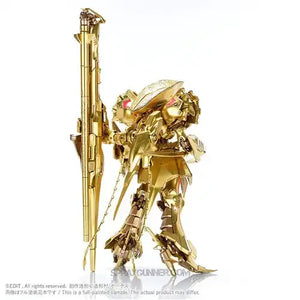 Vendor:VOLKS USA INC.
Vendor:VOLKS USA INC.IMS The KNIGHT of GOLD Type DMIRAGE 1/100 Model Kit
Regular price $110.00 USDRegular price -

 Vendor:VOLKS USA INC.
Vendor:VOLKS USA INC.IMS 1/100 L.E.D. MIRAGE V3 =Delta Berunn 3007= Model Kit
Regular price $130.00 USDRegular price -

 Vendor:VOLKS USA INC.
Vendor:VOLKS USA INC.IMS Schpertor K.O.G. 1/100 Model Kit
Regular price $105.00 USDRegular price -

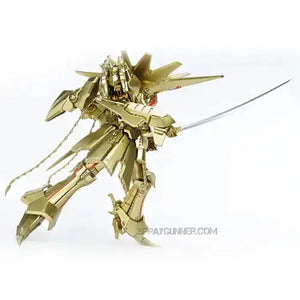 Vendor:VOLKS USA INC.
Vendor:VOLKS USA INC.IMS 1/100 KNIGHT of GOLD A-T Type D2 MIRAGE Model Kit
Regular price $99.00 USDRegular price -

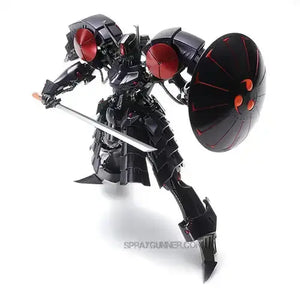 Vendor:VOLKS USA INC.
Vendor:VOLKS USA INC.IMS 1/144 Batsh the Black Knight Model Kit
Regular price $53.00 USDRegular price -

 Vendor:VOLKS USA INC.
Vendor:VOLKS USA INC.IMS 1/100 AUGE ARSCULS Model Kit
Regular price $97.00 USDRegular price -

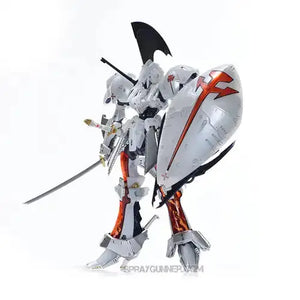 Vendor:VOLKS USA INC.
Vendor:VOLKS USA INC.IMS 1/144 L.E.D. MIRAGE V3 Light Armament Version Model Kit
Regular price $66.00 USDRegular price
Mecha Model Kits & Books for Builders
What’s in this collection
This page brings together the essentials for mecha hobbyists: mecha model kits in display scales, plus curated books and technique guides that help you plan colors, understand joint engineering, and execute convincing finishes. Whether you want a fast weekend build or a showcase centerpiece, you’ll find parts breakdowns, reference art, and step-by-step instruction to support your project from sprue to display.
You’ll see two main groups as you scroll: complete kits ready to assemble and paint, and publications—tutorials, art books, and in-universe references. Pairing both gives you the best results: references drive your color map and marking placement, while kits provide crisp panel lines and mechanical detail for panel lining, dry brushing, and weathering.
How to choose the right mecha kit or book
Picking well at the start saves time later. Before you add to cart, ask yourself what you want to build and how much time you can invest.
• For quick wins: choose snap-fit kits with simple color separation and fewer seams. They’re ideal for practicing panel lining and topcoats without heavy cleanup.
• For showcase builds: look for premium kits with rich surface detail, optional frame parts, and clear part segmentation for sub-assemblies and masking.
• Book pairing: technique books teach seam removal, scribing, and finish stacks; art/reference titles help you map warning marks, sensor colors, and weathering narratives that make a mecha feel “real.”
Practical painting and finishing tips
Mecha surfaces mix armor plates, frames, and greebles. Treat each zone appropriately so the model reads like a believable machine.
First, establish a clean foundation with sprue cleanup and test-fit. Mark seam lines you’ll close early, then wash parts to remove mold release. After that:
• Surface prep: sand progressively (600→1000 grit) and polish visible armor for crisp reflections.
• Priming: gray for color accuracy, black to boost metallics, white under high-chroma schemes.
• Color blocking: lay down main armor tones, then accent panels to break up large surfaces.
• Detail work: panel line with controlled enamel/acrylic washes; pick leading edges with a light dry brush; add restrained chips and streaking where motion and heat would wear paint.
• Topcoats: satin gives a realistic mechanical sheen; gloss suits flashy show finishes; matte subdues fabric or rubber parts.
Smart add-ons to complete your build
A short preparation paragraph: great finishes come from repeatable, simple tools that you’ll use on every project.
• Cutting & cleanup: quality sprue cutters, hobby knives, sanding sticks/sponges in multiple grits.
• Paint system: primers, acrylics or lacquers for armor colors, metallics for frames, clear colors for sensors.
• Detail media: decals, panel line fluids, weathering pigments, and fine brushes for markings and micro-chips.
• Protection: gloss or satin varnish to lock in decals and weathering without muting detail.
Why buy mecha gear at SprayGunner
We stock builder-approved kits and books that actually teach techniques used on the bench. Orders ship fast from the U.S., and our support team can recommend the right reference for any kit in this collection so your color plan and finishing steps match the engineering of the model.




























